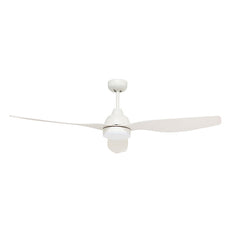View the entire range of ceiling fans and fan accessories available online at The Blue Space. Ceiling fans are the perfect air circulation solution and are flawless no matter the season. Available in a range of sizes, colours and styles, find the ideal fan for your next renovation - indoor or out!


